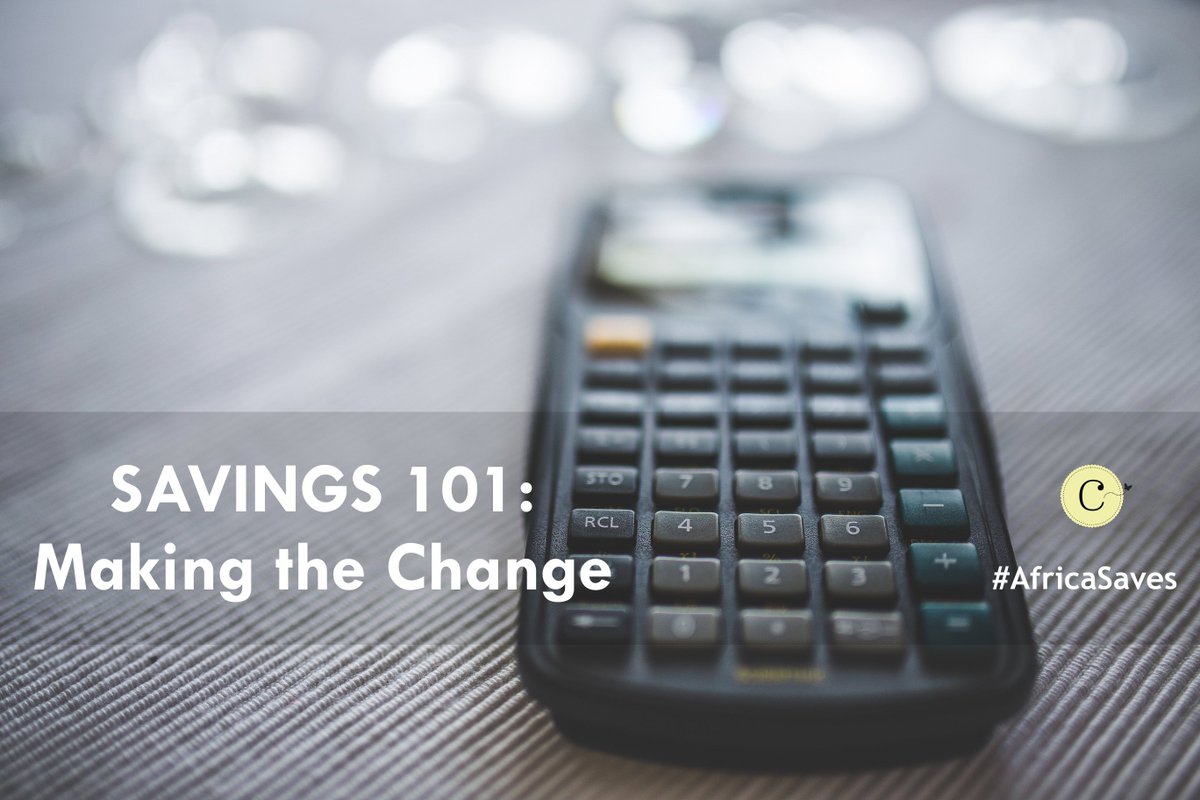The Little Habits That Yield Results
For the longest time, people repeated and believed the 21 Day Rule; that it takes 21 days to form a new habit. However, recent research has shown this to be false. The number of days it takes to form a habit depends on the type of habit, and the strategy used or how you train your mind on the new habit. For example, the habit of drinking a glass of water when you first wake up could take 30 days to form, while the habit of going to the gym every day after work could even take 6 months or 1 year to form. While habit-forming tips abound, my favourite way to form habits is by taking up challenges. The shorter and the easier the challenge, the more pleasant the experience, and the easier it is for the habit to stick. This applies to all habits, including personal finance habits.
When I signed up for the Barclays Savings Challenge, my saving for a holiday in December was not going so well because of several factors:
- As much as travel is something I value, it was very low priority, considering that I was no longer employed, I had a child who was about to start school, and an agriculture business that was still taking in more money than it was generating.
- I had never saved for a holiday before. When you are employed, taking a holiday is as easy as forgoing some expenses or savings for a month or two and you have enough money for the trip.
- Because of (1) above, any money I saved towards this would quickly be taken up by other concerns.
Being on a savings challenge has been great for my goal, but as a side-benefit, I have formed some personal finance habits that I had been struggling with for a while.
Money tracking
I have consistently tracked my money for the last 4 months. I call it money tracking because essentially, expense tracking is a way of following your money to know where it really goes.
To effectively track my money, I got an application that syncs across both my phones and computer. This has worked way better than any expense tracking solution I had tried before.
A lesson in patience
The second and most important lesson I have learned from this challenge is to be patient with my money both for the fickle stuff and the important stuff. Like I mentioned above, I was not used to saving money for spending, there was always a way to short cut the process and get gratified instantly without negatively impacting my finances long term.
By slowly saving and planning ahead for a holiday, I am now more comfortable with the “little by little” approach to savings.
Which habits will stick long term?
A separate savings account for savings I intend to spend. I had been lethargic about transferring my “saving to spend money” (different from “saving to invest money”) to a different account. This is because as a discipline-pro, I was over confident about my ability to not impulse spend, and that is how I ended up 6 months into the year without a cent for my holiday. Moving forward, I intend to keep my “saving to spend” account active for all the things I want to buy. On that list I have a new couch, a phone, and two holidays for next year *fingers crossed*.
Money tracking. This is no longer a tiring exercise. Since I (almost) always have my phone at hand, I intend to keep tracking my money to see where it goes, and to constantly keep tweaking my spending habits.
Blogging! This has been a side-benefit of the savings challenge. I have realized that blogging and writing does not have to only happen when “inspiration strikes”. The best bloggers write something whether they feel like writing or not. So yes, this blog will get even better as a result of this savings challenge.
Over to you, what money habits are you struggling to form? Have you thought of creative ways of training your brain to form these habits? Let’s discuss in the comments section, and on Twitter.
This article is the fourth in a series of sponsored posts for the Barclays Savings Challenge. You can follow the discussion on Twitter and Facebook and share your own experience by using the hashtag #AfricaSaves. Visit the Barclays website for more information about their savings account.



